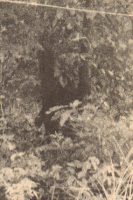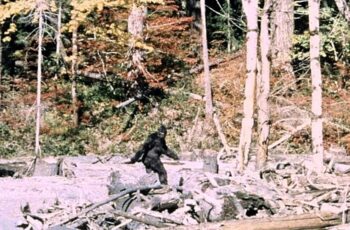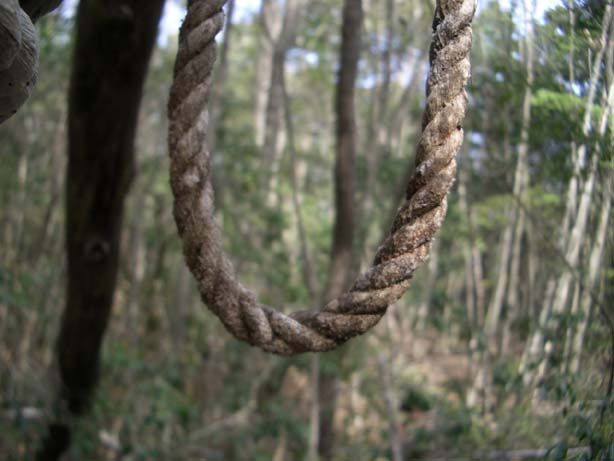
If locals are to be believed, something strange stalks the hills and mountains of Hiroshima Prefecture. Reports have come in sporadically since the 1970’s of a five foot tall, hairy, gorilla like creature out in the forest. Japanese Boy Scouts have taken casts of ten inch footprints, and multiple witnesses have reported a creature with chocolate brown or black hair, white hands and feet, and a gorilla like face. They also report a strong odor, like decomposing meat. Locals call this monster the Hibagon.
Sound familiar? To my fellow Americans, this is starting to sound suspiciously like that oft sighted but never verified critter, Bigfoot. It shouldn’t be a surprise that Japan would have its own version of Bigfoot though, as reports of hairy wild men are common to all parts of the world. Unlike other parts of the world (say, North America for instance), Japan does have a history of non-human primate populations. Monkeys are native to Japan. However, so far as I am aware the only large ape who has lived on the islands for any length of time are humans. Since there are no fossil data pointing to populations of large bodied primates on Japan, it seems doubtful that one would be living there now.
So what could explain the sightings? The hypotheses seem as varied as the witnesses. Some claim the Hibagon is some sort of wild man, while others claim that Japanese soldiers who still believe WWII is still ongoing are responsible. The next guess steps into sci-fi territory. As you probably well know, Hiroshima is infamous for being the first city to be on the receiving end of a nuclear attack. Some claim that the Hibagon is a person who was mutated by the radiation from that attack. I can say with utter certainty that is not the case. The Hibagon, based on descriptions, differs too much from humans to be a mutated human population. Besides, that isn’t how evolution works. The mutations caused by nuclear radiation have more immediate effects, namely cancer, that manifest in the person’s lifetime. While mutation is an important factor in evolutionary processes, the changes in the genome are gradual and only accumulate over many generations. Even if radiation could effect human evolution in such a way, it wouldn’t do so over such a short period of time.
I seriously doubt that the Hibagon is anything more than folklore. More likely than not it reports are based on mis-identification of a native specie, such as a bear. Or it’s possible that an ape, maybe a chimp or a small gorilla, escaped from a zoo in the 70’s and sparked the legend. Regardless of it’s biological status, the Hibagon has a life all its own in Japanese pop culture. It’s likeness has appeared on snacks, books, anime, and manga. In that way the Hibagon is very real, if only in a cultural sense.



